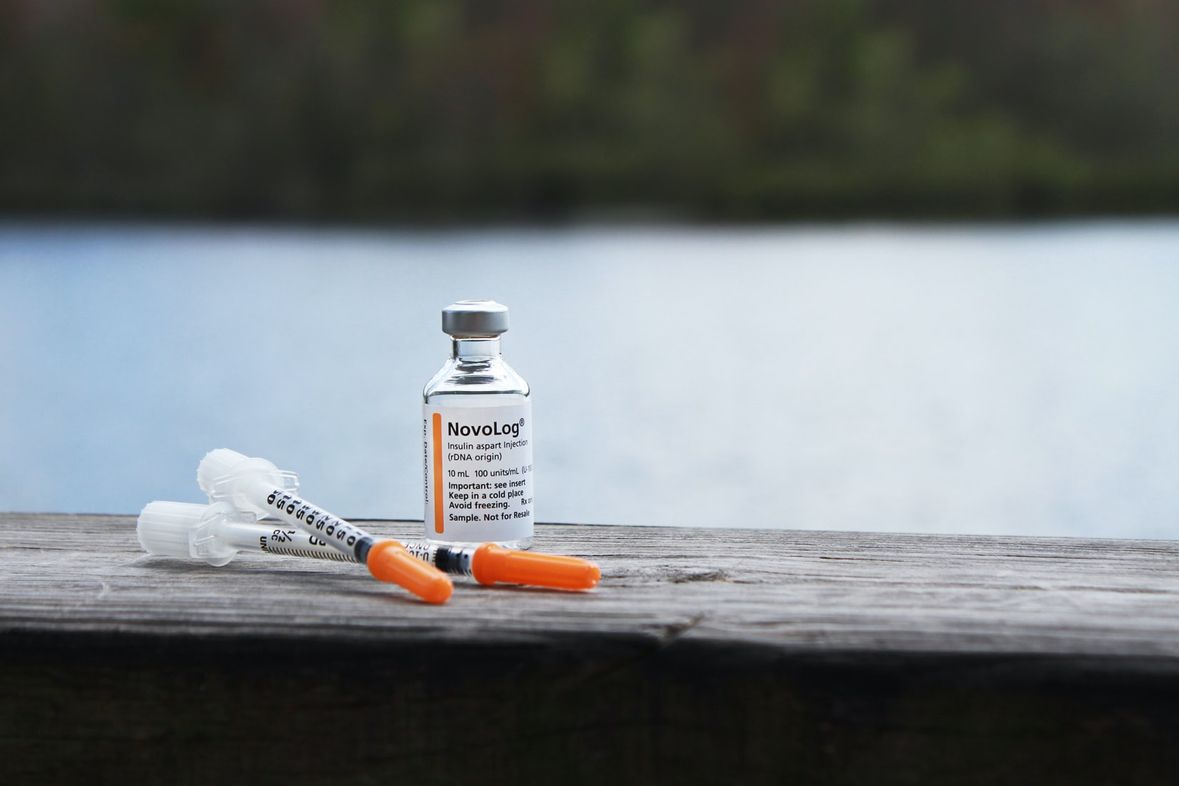Every 2 minutes in the UK, someone is diagnosed with Diabetes – a condition that currently affects 4.8 million people; or one in every 14. Diabetes is a disease that occurs when your pancreas doesn’t produce enough of the hormone, insulin, causing your blood glucose levels to increase
Type 1 Diabetes
Type 1 diabetes is a much rarer form of the disease, and is a lifelong condition that affects 1 in 10 people with diabetes in the UK. The causes of type 1 diabetes aren’t fully known, although it’s thought that genetics and environmental factors probably play a role, and we know that this type of the disease isn’t linked to age, diet or lifestyle.
Type 2 Diabetes
Type 2 diabetes affects 9 in 10 of those with diabetes, and is also caused by glucose levels in the blood being too high.
The risk of developing type 2 diabetes increases as we get older, and is more likely if:
There is a family history of type 2 diabetes
You are overweight
You have had high blood pressure
You are of Black African, African-Carribean or South Asian descent
The Signs Of Diabetes
Type 1 diabetes is normally detected and diagnosed in childhood, but type 2 has symptoms that can develop slowly and over a long period of time. A simple urine and blood test will confirm whether or not you have type 2 diabetes, and the sooner you are diagnosed, the sooner you can start to manage the condition.
But what symptoms should we be looking out for?
Urinating more frequently
Extreme thirst
Weight loss
Feeling very tired
Cuts or wounds that take a long time to heal
Blurred vision
Of course, some of these can be symptoms of many age-related conditions, so it could be easy to dismiss a symptom or two at first. But, if left untreated, high blood glucose can cause damage to the heart, kidneys, feet and eyes, so if you or an elderly loved one has any of these symptoms it’s important to see a GP – even if only to rule diabetes out.
There’s no cure for diabetes (although type 2 can potentially be reversed if significant lifestyle changes were made and maintained over a long period of time), but many people with the condition live long, full lives thanks to treatments that are available.
Diabetes Treatment
Type 1 diabetes is treated by taking insulation – normally as an injection or pump. Those who live with the condition have to test their glucose levels regularly, particularly before and after meals, to make sure they’re not too high.
If you are caring for an elderly loved one who has this type of diabetes it could be that you are responsible for ensuring that those glucose tests and insulin treatments happen regularly, especially if the person is suffering with dementia, or perhaps is unable to administer their own medication.
Type 2 diabetes is treated by prescribed medication that lowers glucose in the blood to a safe level. Type 2 diabetes is affected by lifestyle, and so those who live with the condition are often advised to lose weight, be more active and to eat healthier.
For an older person, this might not be so easy – particularly the first two. If your elderly loved one has been diagnosed with type 2 diabetes, speak to their GP about gentle ways you can help them to stay active, such as swimming for example. You also might want to seek advice on helping them to prevent weight gain – especially if your loved one is bed-bound or has mobility issues – in order to make the condition as manageable as possible.
How To Reduce The Risk Of Diabetes
Type 1 diabetes isn’t a condition that can be prevented, but there are things that you can do to reduce the risk of developing type 2 diabetes.
Such as:
Losing weight
80% of those diagnosed with diabetes are overweight, and for someone who is older and perhaps not able to get about so easily, it can be hard to shed the pounds. The older we get, the less calories we need to fuel us through the day, so make sure that those calories are coming from good, nutritious sources such as wholegrains, lean meats and fish, and fruits and vegetables, rather than cakes and biscuits!
It can be hard for an elderly person (especially one who lives alone) to eat a healthy, balanced diet. This could be because of a condition such as arthritis that makes it difficult to chop and peel, not feeling it’s ‘worth’ cooking just for one now that a partner has gone, or because of financial reasons.
Exercising More
Research has found that exercising regularly can reduce your risk of developing type 2 diabetes by up to 64%, but there can be limits to the type of exercise we can do as we get older. Even a short, daily walk or gentle swim can make a difference…and there are even online ‘armchair aerobics’ classes for those who don’t have full use of their legs or are very overweight, causing a staring on their joints.
Stop Smoking
There are many reasons we shouldn’t smoke, and most people are aware of the links to diseases such as cancer and gum disease. What we aren’t so aware of is smoking’s link to diabetes: smoking increases your blood pressure, which is a major cause of diabetes.
Drink Less Alcohol
Alcohol is essentially empty calories and can massively increase your chance of putting on weight. Excessive or heavy drinking in particular can lead to conditions such as pancreatitis, which comes with a side effect of – you guessed it – type 2 diabetes.
If you have an elderly loved one who is living with diabetes and you want to know more about how at-home care could help them to stay independent and healthy, please get in touch with a member of our dedicated team.


